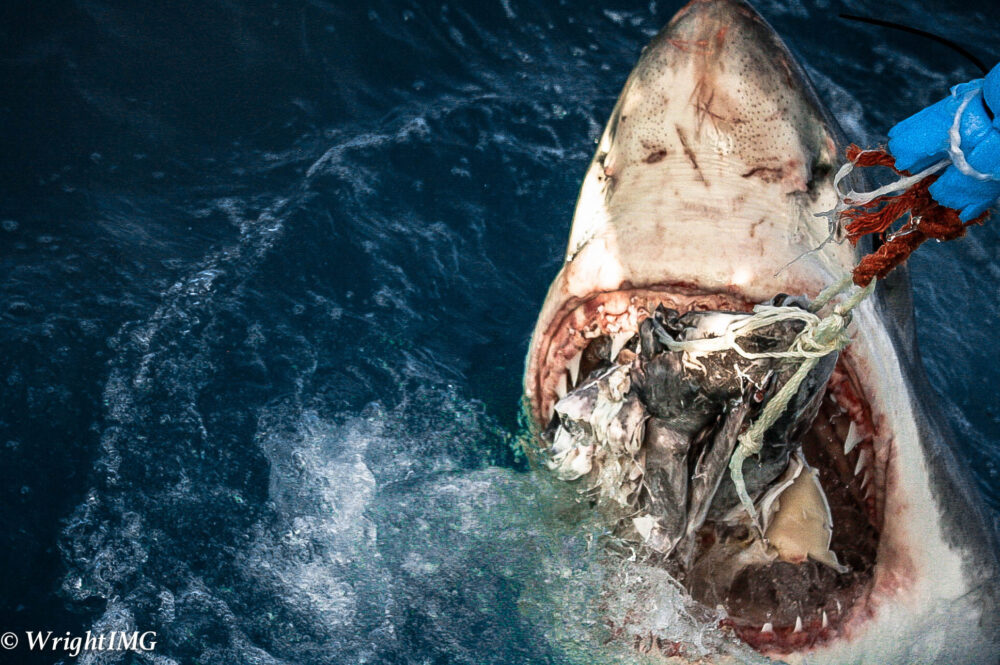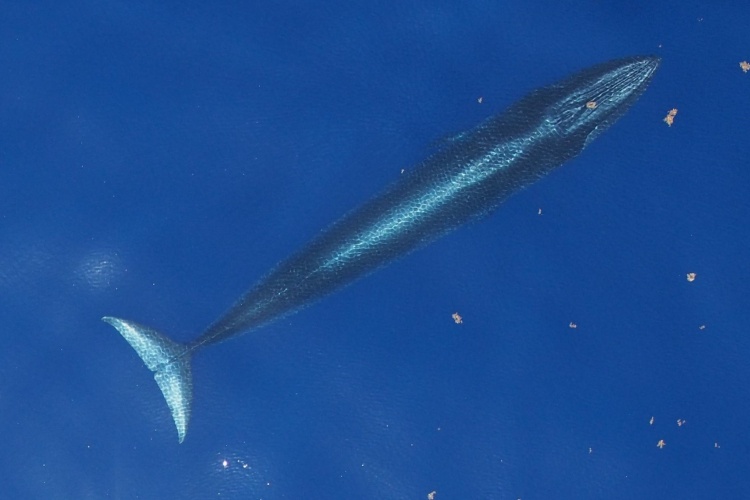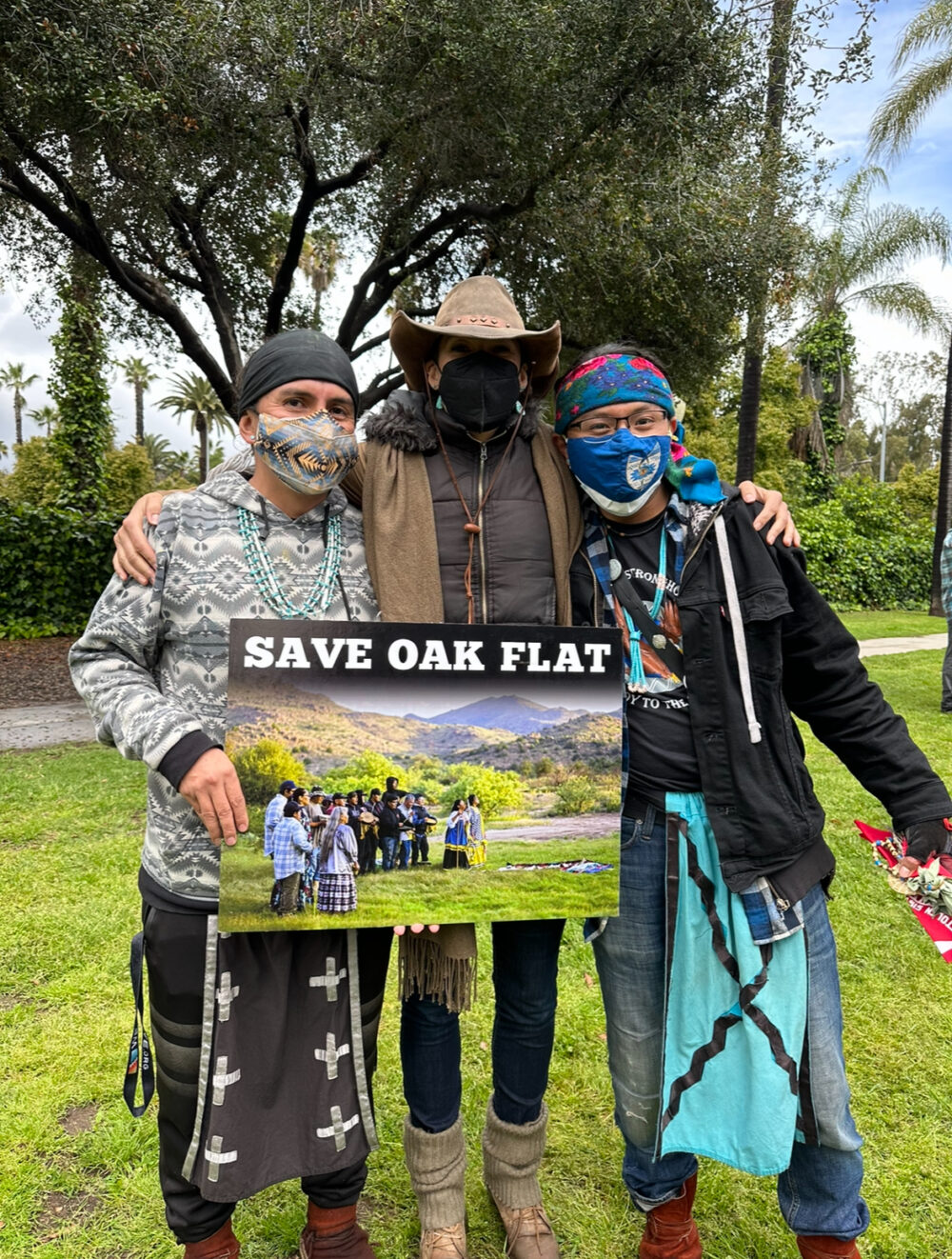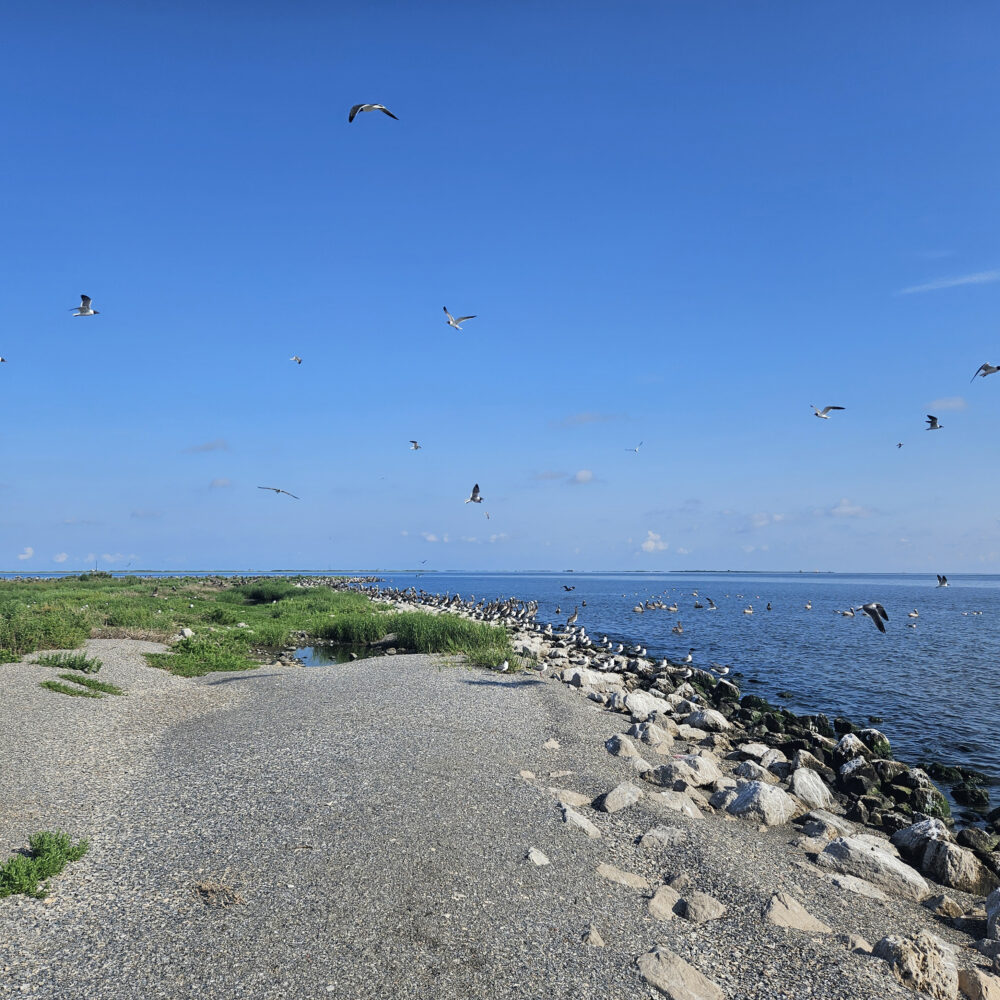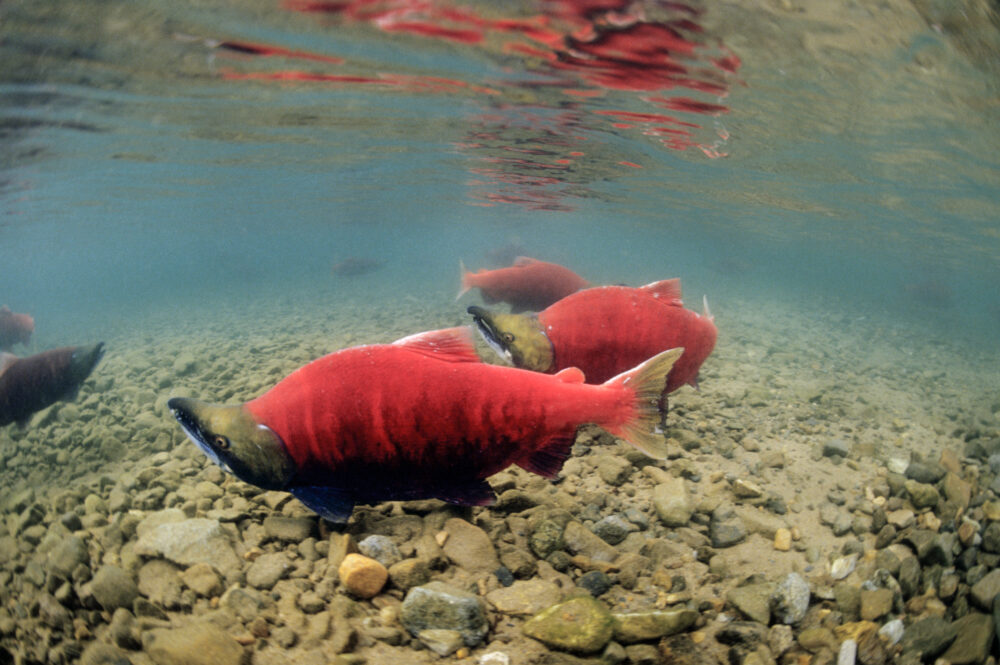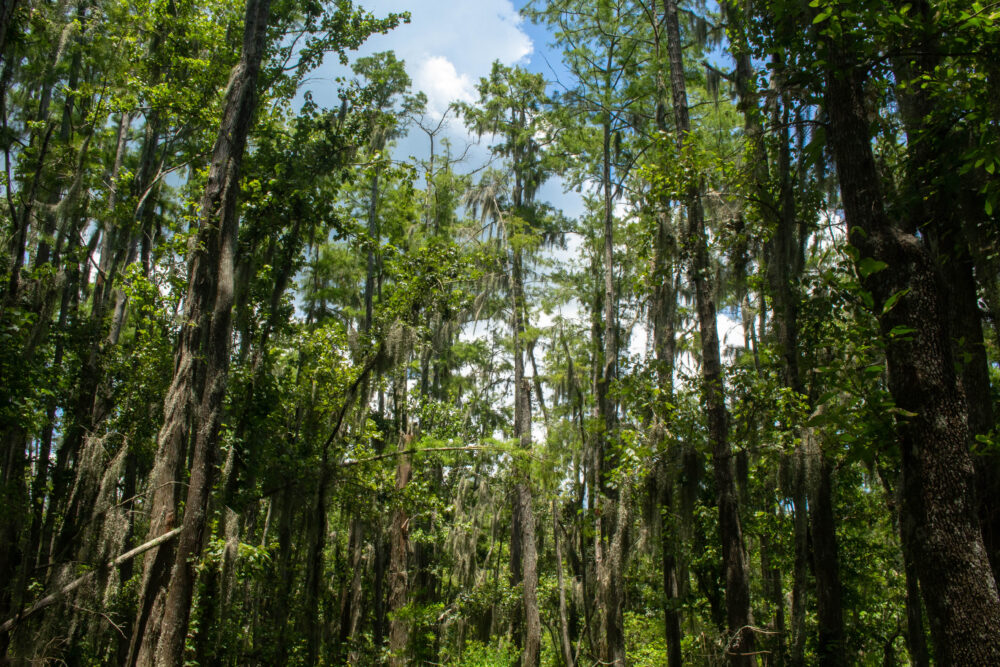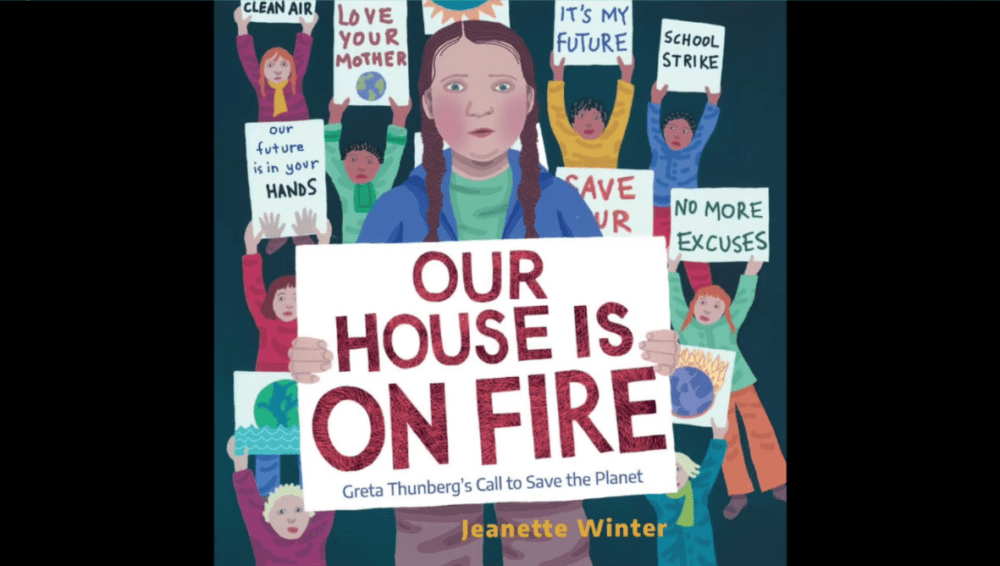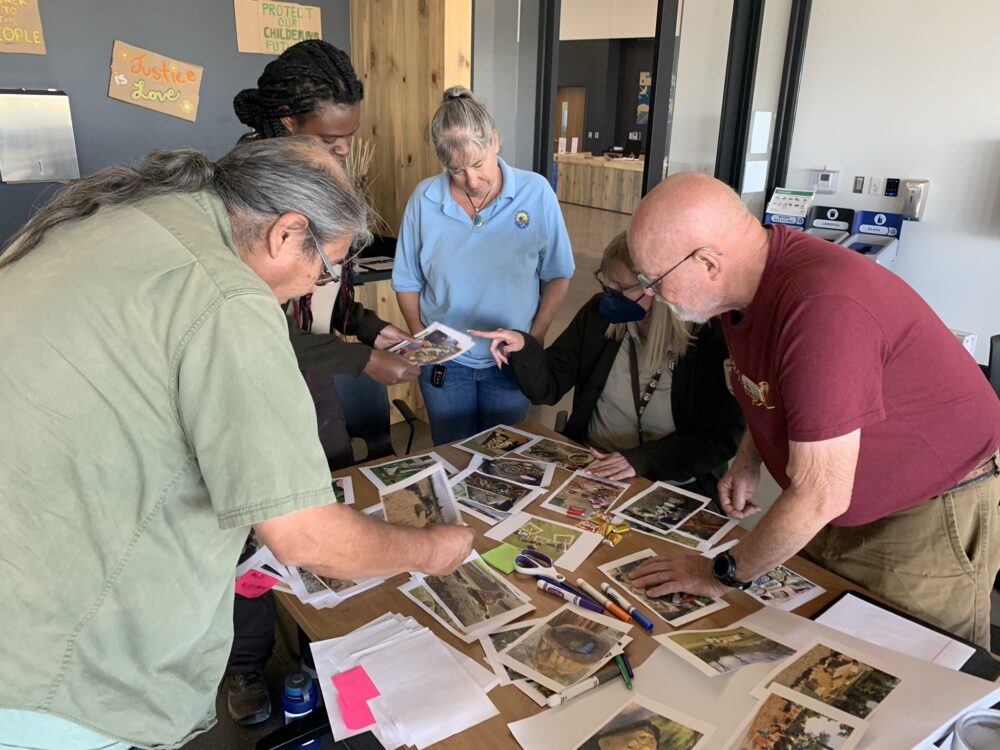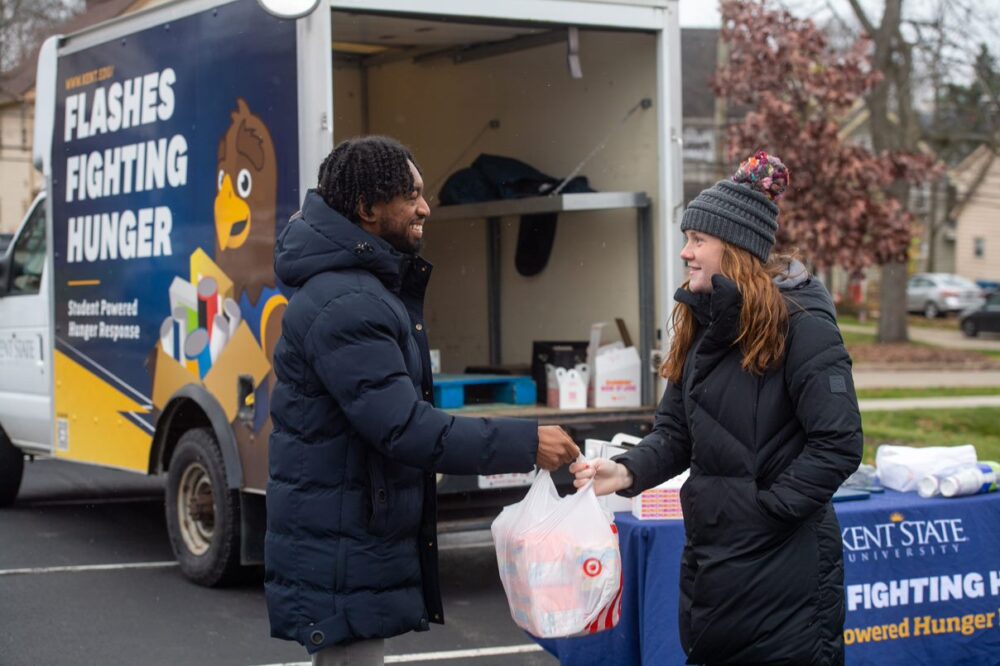We have much more to do and your continued support is needed now more than ever.
Buying Carbon Neutrality: New Protocol Suggests Wise Investments
Parents and students who attended Oberlin College’s 2008 commencement had an extra reason to be proud: the event was among the nation’s first carbon-neutral graduations. All the greenhouse gasses emitted by the ceremony-from powering the microphones to traveling to Ohio from across the country-were offset with carbon credits.
Oberlin’s food service provider donated $5,000 to buy 900 tons of offsets from the Carbon Fund, which spent the money on greenhouse gas reduction projects elsewhere. Columbia University and Yale Law School have also used offsets to hold carbon neutral commencements. “Parents and graduates were very excited to be part of this,” says Oberlin sustainability coordinator Nathan Engstrom.
Buying carbon offsets is a small but growing trend in academia. Just a handful of colleges have bought them so far, but the number is expected to grow as universities implement carbon-neutrality plans. “A lot of schools are wrestling with this new commodity,” says Georges Dyer, senior fellow with Second Nature, a nonprofit that focuses on education sustainability.
While supporters consider offsets an important tool to finance greenhouse gas reduction projects, critics deride them as a cop-out that allows polluters to buy a clean conscience. Getting quality offsets is a major concern for purchasers. The so-called voluntary carbon market, which had $331 million in transactions worldwide in 2007, is unregulated. “The voluntary offset market is at best confusing,” says College of the Atlantic president David Hales, “and at worst dishonest.”
To help institutions invest wisely, the American College and University Presidents Climate Commitment released a carbon offset protocol in November. The two-page document and an accompanying report list criteria that schools should look for in a high-quality offset. “Offsets must be real, measurable and permanent,” says Hales, who spearheaded the initiative.
Determining whether an offset seller meets these criteria requires research. College of the Atlantic students and faculty vetted multiple providers and projects in 2007 before deciding to buy $35,000 worth of offsets from the Climate Trust, which spent the money on a traffic mitigation project in Portland, Ore. “This is a project that is only going forward because of the support of offsets,” says Hales, whose college is now researching its next purchase. “We have dozens of students involved in this selection process.”
Home-Grown Offsets:
| Looking to Buy?
Sound advice on offsets comes from universities, nonprofit, and other institutions. The Environmental Defense Fund has a list of high-quality offset providers, as does Clean Air – Cool Planet (PDF). For information about choosing high-quality offsets, see the Tufts Climate Initiative Carbon Offsets page or Duke University’s Nicholas Institute for Environmental Policy Solutions. |
The protocol recommends that offset projects have a social benefit in addition to reducing carbon emissions. In light of this, Maine’s Unity College paid $5,000 last year to support a low-income housing weatherization project operated by the state housing authority. “We chose this program because in addition to offsetting some of our emissions it keeps the money in our communities and helps people who need it most,” says Aaron Witham, Unity’s interim sustainability coordinator.
Ditto for the University of Colorado. It spent $50,000 of student fees in 2008 to support in-state projects being developed by the Colorado Carbon Fund. “We get more out of this than just carbon,” says spokesman Dave Newport. “This helps people in communities that send their children to our school.” Purchases from the state-administered program are registered and retired, which the protocol recommends to ensure that they are not re-sold. Offset projects should also be verified and audited by a third party.
Oberlin is taking the buy-local ethic one step further by forming its own local offset program–Providing Oberlin with Energy Responsibly, or POWER–with the city government and nonprofits. This year, the program will spend $25,000 to improve the energy efficiency of 10 low-income homes. The homes’ energy bills will be monitored for a year to determine the amount of CO2 reduced. Over time, Oberlin hopes to offset all its travel emissions through the program.
Sustainable Slopes and Football Games:
Along with travel, emissions from sporting events and recreation are being targeted for reduction. Middlebury College offsets all the emissions from its small ski area, the Snow Bowl. Since 2006, the Vermont school has paid $6,700 annually to Native Energy to support a “poop power” methane digester at a Pennsylvania dairy farm and a national trucking efficiency project. “This was partly an educational and marketing decision,” says sustainability director Jack Byrne. “Our skiers have a much higher awareness of offsets as a result of this.”
The University of Florida held a carbon neutral football season in 2008. The university partnered with a nonprofit and a utility to hand out 65,000 energy-efficient light bulbs, which were delivered by an ice cream truck to low-income neighborhoods. Residents got five free compact fluorescents and an ice cream cone for handing over five old incandescent bulbs. “Kids were running home to get their light bulbs,” says sustainability director Dedee DeLongpre Johnston. The university has also offset emissions by supporting tree-planting and restoration projects in the Everglades.
Tree-planting and forestry projects are a popular activity for schools and individuals to reduce their carbon footprint, but the protocol does not recommend so-called bio-sequestration. “Since no one has invented an eternal tree, it is a delay in emissions but not a permanent one,” Hales says. “Planting trees is important and admirable work, but to us it is not an offset.” Others disagree. Conservation groups including the National Wildlife Federation believe forestry and other land-based sequestration projects are worthy of support because an estimated 20 percent of greenhouse gas emissions come from deforestation and land-use changes. The Climate, Community and Biodiversity Alliance is a leading certifier of high-quality forestry offset projects, and it addresses permanence by requiring projects to be designed to last 100 years with a percentage of funds put in reserve for tree re-planting in case of fire or disaster.
Congress and the Obama administration are expected to take up a proposed cap and trade carbon law, which could bring government regulation and more quality assurance to the offset market. Until then, University of Colorado political science major Dan Omasta calls himself a skeptic of carbon offsets, though he voted in favor of his school’s purchase as vice president of the university’s Legislative Council. “Conservation and efficiency are the most important policy items,” says Omasta. “Buying offsets is a first step in the transition to a more efficient future.”
See More:
Creating a Buyer’s Market for Renewable Energy: ClimateEdu
How to Shop for Carbon Offsets: Inside Higher Ed
Shifting from RECs to Offsets: Campus Ecology Blog

